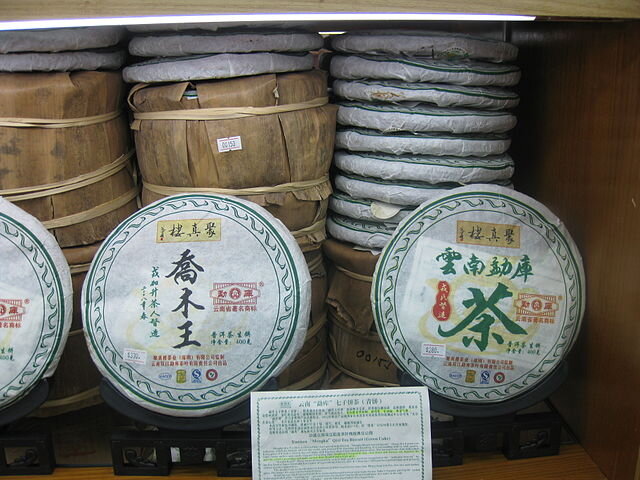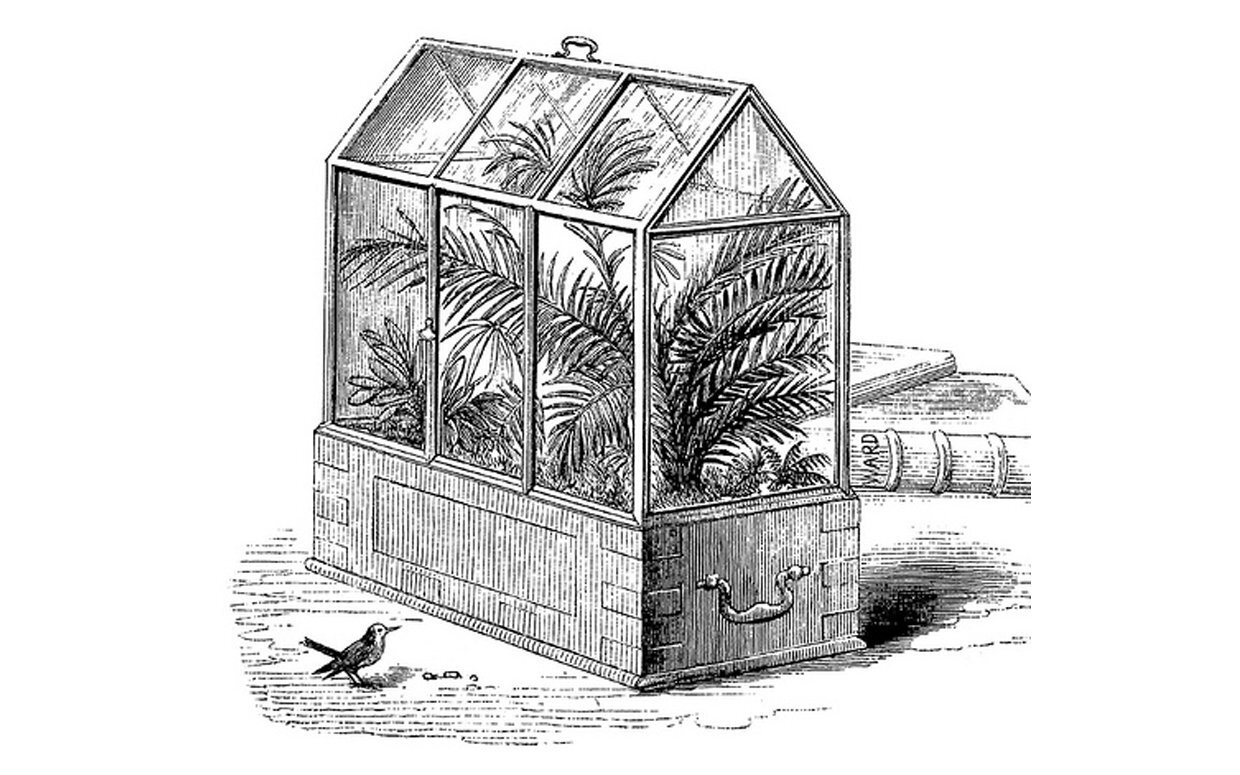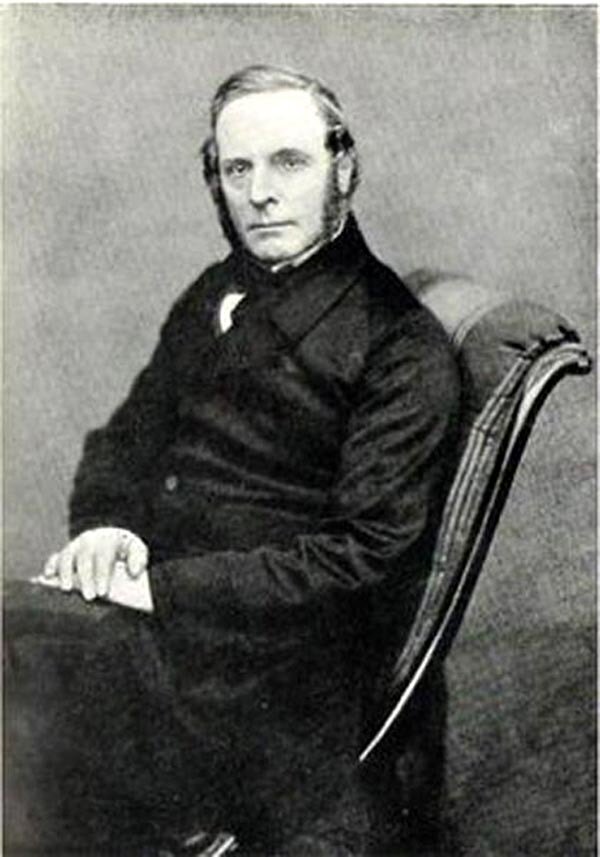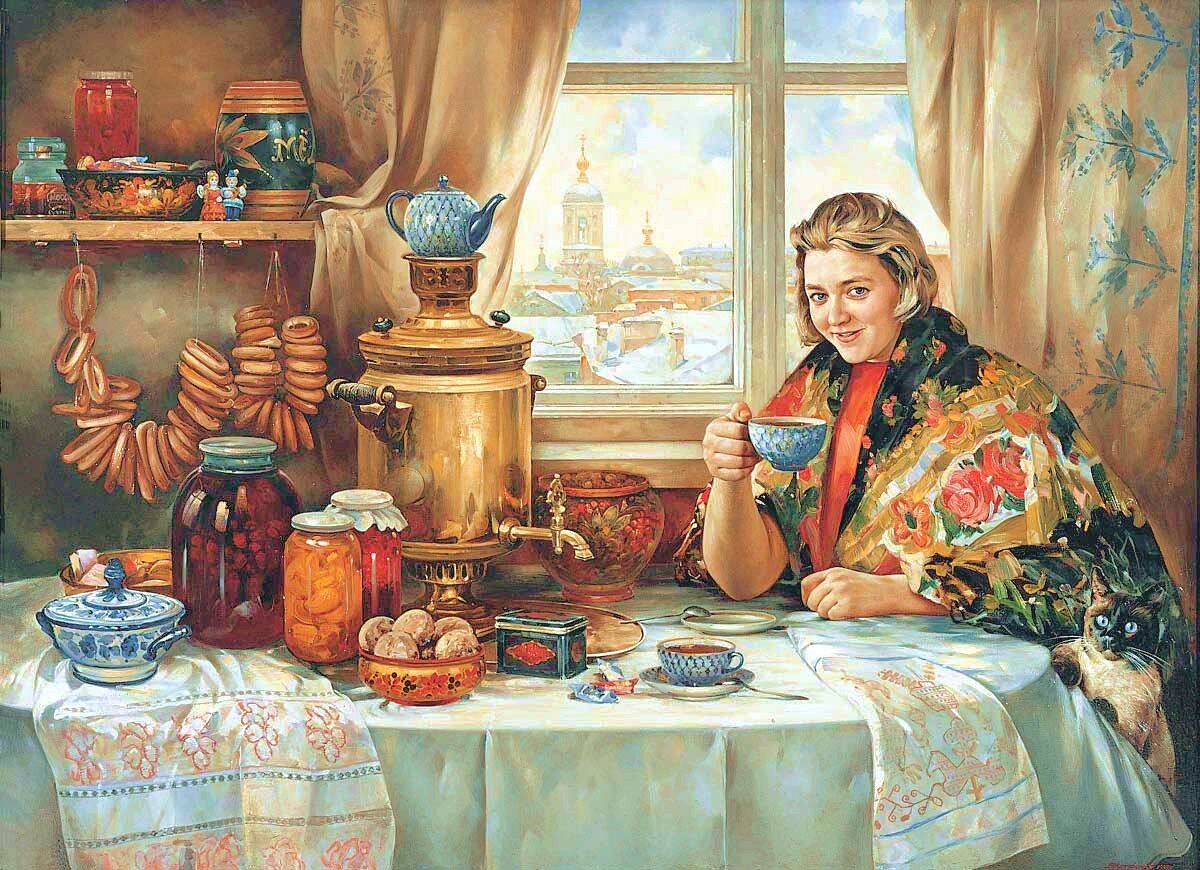Ep. 20 | Famous China Teas (Part 2)
We continue on with a tour of the provinces, looking at some of the more renowned teas each place has to offer. Teas such as Dancong, Tieguanyin, Jinjunmei, and Da Hong Pao are introduced. Various teas from Guangdong, Guangxi, Guizhou, Jiangsu, Jiangxi, Sichuan, Hubei, and Hunan are discussed.
Listen On Your Favorite Podcast Player
Terms in Episode
| Pinyin/Term | Chinese | English/Meaning | |
|---|---|---|---|
| Oolong (Wūlóng) | 乌龙茶 | One of the categories of tea that is partially oxidized | |
| Fújiàn | 福建 | Coastal province in China, famous for many things, including tea | |
| Yán chá | 岩茶 | Rock Tea or Cliff Tea, from the upper part of the Wuyi Mountains | |
| Wǔyí Mountains | 武夷山 | The Wuyi Mountains in northern Fujian Province | |
| Tiěguānyīn | 铁观音 | A type of Oolong tea, also called Iron Buddha ot Iron Goddess Tea | |
| Ānxī | 安溪 | City in Fujian where you can get some very good Tieguanyin tea | |
| Guǎngdōng | 广东 | Coastal province in southern China | |
| Dāncōng | 单枞茶 | A type of Ooolong tea from Guangdong province | |
| Fènghuáng Shān | 凤凰山 | Phoenix Mountain north of Chaozhou where Dancong tea is grown | |
| Cháozhōu | 潮州 | City in eastern Guangdong | |
| Shàntóu | 汕头 | City in eastern Guangdong | |
| Hakka | 客家 | Hakka, a Han Chinese subgroup whose ancestral homes are chiefly in the Hakka-speaking provincial areas of Guangdong, Fujian, Jiangxi, Guangxi, Sichuan, Hunan, Zhejiang, Taiwan, Hainan and Guizhou | |
| Méixiàn | 梅县 | County in eastern Guangdong that is often called "The Homeland of the Hakka people" | |
| tiě | 铁 | iron | |
| Guānyīn | 观音 | The Goddess of Mercy | |
| Shāxiàn | 沙县 | Sha County, outside the city of Sānmíng in Fujian province | |
| Sānmíng | 三明 | A prefecture-level city in Fujian | |
| Jīnjùnméi | 金骏眉 | Golden Beautiful Eyebrow Tea | |
| Tóngmù Village | 桐木村 | Village located in the Wuyi Mountains, where Jinjunmei Tea is grown | |
| yátóu | 芽头 | The buds or sprouts | |
| Ròuguì | 肉桂 | A type of Rock Tea from the Wuyi Mountain region | |
| Dà Hóng Páo | 大红袍茶 | A type of Rock Tea from the Wuyi Mountain region | |
| Tǐeluóhàn | 铁罗汉 | A type of Rock Tea from the Wuyi Mountain region | |
| Shǔixiān | 水仙 | A type of Rock Tea from the Wuyi Mountain region | |
| Shǔi Jīn Guī | 水金龟 | A type of Rock Tea from the Wuyi Mountain region | |
| Bái Jī Guān | 白鸡冠 | A type of Rock Tea from the Wuyi Mountain region | |
| Sòng | 宋朝 | Dynasty in China founded by Zhao Kuangyin that lasted 960-1279 | |
| Míng | 明朝 | Dynasty in China founded by Zhu Yuanzhang that lasted 1368-1644 | |
| Qiánlóng | 乾隆 | Qing emperor who reigned 1736-1795 | |
| Lǐ Chūnshēng | 李春生 | 1838-1924, Called the Father of Taiwan's tea industry | |
| Guìzhōu | 贵州 | Province in the western part of China | |
| Dūyún Máojiān | 都匀毛尖 | Famous tea from Guizhou | |
| Dūyún | 都匀 | City in Guizhou located two hours by car west of the capital Guìyáng | |
| Máojiān | 毛尖 | any tea that consists of a bud and a single leaf only, also called "fur tip" | |
| Yúgōu Chá | 鱼钩茶 | Former name of Duyun Maojian tea | |
| Guìdìng Yúnwù chá | Another famous tea from Guizhou | ||
| Méitán Cuìyá | 湄潭翠芽 | Guizhou Emerald Tips, a kind of tea from Guizhou | |
| Yúnwù | 云雾 | clouds and fog or clouds and mist | |
| Guǎngxī | 广西 | Province in China just west of Guangdong | |
| Liùbǎo chá | 六堡茶 | One of the famous teas of Guangxi | |
| wòduī | 涡堆 | A kind of process developed to speed up the ripening process of pu-erh tea | |
| Guìpíng | 桂平 | City in Guangxi province | |
| Hóng Xiùquán | 洪秀全 | 1814-1864, the one who's to blame for the Taiping Rebellion | |
| Guìpíng Xīshān | 桂平西山茶 | A type of tea from Guangxi province | |
| Wú Lǐzhēn | 吴理真 | Buddhist Monk credited with the cultivation of tea on Mengding Shan. He lived during the first century BCE | |
| Xǐshí Ān | 洗石庵 | Temple in Guìpíng, Guangxi province built during the early Qīng where Guìpíng Xīshān tea is grown | |
| Sìchuān | 四川 | Province in southwest China | |
| Gānlù Tea | 甘露茶 | Gānlù Tea because it was cultivated during the Gānlù Era… one of the seven eras of the Han Emperor Xuān | |
| biānchá | 边茶 | Border tea. Tea that is sold to the border regions of China, including Tibet | |
| Chéngdū | 成都 | Capital of Sichuan province | |
| Rénmín Gongyuan | 人民公园 | A public park in the city of Chengdu where you can relax and enjoy some decent tea culture | |
| Cháng zuǐ hú | 长嘴壶 | A long spout tea kettle, usually made from copper | |
| Dòuhuāzhuāng | 老四川豆花莊 | Not sure if it's still around but Lao Sichuan Douhuazhuang was (is) a famous restaurant serving Sichuan food | |
| Chóngqìng | 重庆 | Used to be part of Sichuan province. Now it is a municipality reporting directly to the central government | |
| Zhèjiāng | 浙江 | Coastal province in China | |
| Jiāngsū | 江苏 | Coastal province in China north of Zhejiang | |
| Ānhuī | 安徽 | Province in central China | |
| yuántóu | 源头 | The fountainhead | |
| Chámǎ Gǔdào | 茶马古道 | The Ancient Tea-Horse Road | |
| tú | 荼 | The former name of tea before it was renamed cha | |
| chá | 茶 | Tea | |
| Yángzǐ | 扬子江 | The Yangzi or Yangtze River. China's longest river | |
| Méngdǐng shān Xuěyá | 蒙顶山雪芽 | Mt. Méngdǐng Snow Buds. Xuěyá means snow bud | |
| Méngdǐng Gān Lù | 蒙顶山甘露茶 | Méngdǐng Sweet Dew, one of Sichuan's most famous teas | |
| Zhúyèqīng | 竹叶青茶 | Bamboo Green tea from Sichuan | |
| Qīngchéng Shān Snow Bud | 青城雪芽茶 | Another great tea of Sichuan | |
| É’méi Shān Máofēng | 峨眉山毛峰茶 | Another great tea of Sichuan from the Mount E'Mei area | |
| É’Méi Shān Bái Yá | 峨眉山白芽 | Another great tea of Sichuan from the Mount E'Mei area | |
| Bái yá | 白芽 | White bud | |
| Lù Yǔ | 陆羽 | The Tea Saint, and author of the Classic of Tea. He lived 733-804 | |
| Bìluóchūn | 碧螺春 | Green Snail Spring tea from Jiangsu province | |
| Lake Tài | 太湖 | Famous lake in China, located in Jiangsu. Many famous cities are located along its shores: Wuxi, Huzhou and Suzhou to name a few | |
| Kāngxī | 康熙帝 | Qing emperor who reigned 1661-1722 | |
| Lóngjǐng | 龙井 | Longjing, both a village near Hangzhou and the name of the tea grown there. Called Dragon Well tea | |
| Lù’ān Guāpiàn | 卢安瓜片 | Melon Seed tea from Anhui province | |
| Jiāngxī | 江西 | Province just west of Fujian and Zhejiang | |
| Wùyuán Míng Méi | 婺源茗眉茶 | Famous tea from Jiangxi | |
| Jǐngdézhèn | 景德镇 | City in Jiangxi renowned for their historic kilns and ceramics history | |
| Huángshān | 黄山 | Yellow Mountain in Anhui Province | |
| Wùyuán County | 婺源县 | County in Jiangxi province | |
| Tàipíng Hóukuí | 太平猴魁 | A green tea grown north of Huangshan in Anhui, a favorite of President Putin I read | |
| Lúshān Yúnwù | 庐山云雾茶 | Lúshān Cloud and Mist | |
| Jiǔjiāng | 九江 | City in Jiangxi province | |
| Lake Póyáng | 鄱阳湖 | Lake in Jiangxi province | |
| Zhū Dé | 朱德 | 1886-1976, great Chinese revolutionary and founder of the PLA | |
| Lúshān yúnwù chá, wèi nóng xìng pōlà, ruò dé chángshí yǐn, yánnián yìshòu fǎ | 庐山云雾茶,味浓性泼辣,若得长时饮,延年益寿法 | The flavor of Lúshān yúnwù tea is strong and intense. If you drink it for long it is a way to attain longevity | |
| Húběi | 湖北 | Province in central China north of Hunan | |
| Húnán | 湖南 | Province in central China south of Hubei | |
| Yíchāng | 宜昌 | City in Hubei | |
| Jīngmén | 荆门 | City in Hubei | |
| Yuán’ān County | 远安县 | County in Hubei province | |
| Yuǎn’ān Lù Yuà | 远安鹿苑茶 | Yuǎn'ān is the name of the county in Hubei and Lùyuán is the name of a temple there | |
| Ēn’shī Yù Lù | 恩施玉露茶 | This comes from south of Yíchāng at the bottom of Hubei | |
| Jūnshān Yīnzhēn Tea | 君山银针茶 | A famous tea from Hunan | |
| Báiháo Yīnzhēn | 白毫银针茶 | Famous white tea from Fujian province | |
| Dòngtíng Hú | 洞庭湖 | Lake in northern Hunan at the border with Hubei | |
| Shén Nóng | 神农 | The Divine Farmer, the mythical discoverer of tea and author of The Classic of Herbal Medicine | |
| Táng Tàizōng | 唐太宗 | One of the co-founders of the Tang dynasty who reigned 626-649 | |
| Yīpiàn shùyè de gùshì | 一片树叶的故事 | The Story of a Leaf, a very good documentary about tea from the folks at CCTV |


























The tea trade transforms into an entire industry and becomes the most important traded commodity of the British East India Company